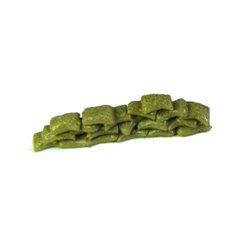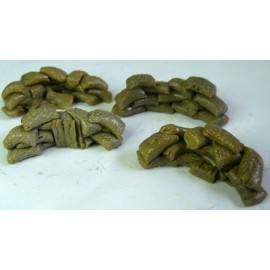When it comes to assembling a kit with wooden parts, there are a few different adhesives that can be used depending...
No products
Product successfully added to your shopping cart
There are 0 items in your cart. There is 1 item in your cart.
Search Tips
Christmas and New Year
We are dispatching orders every weekday apart from Christmas Day, Boxing Day and New Year's Day.
If you order is time critical, select next day delivery at checkout.
The shop in Sandown is closed from 25th December, reopening on 30th December.
What are the sand pipes on a steam locomotive?
Sand pipes on a steam locomotive are essential components used to improve traction, especially under slippery conditions. Here's a detailed explanation of their function and importance:
Purpose: The primary function of sand pipes is to deliver sand onto the rails directly in front of the driving wheels of the locomotive. This increases the friction between the wheels and the tracks, helping to prevent wheel slip.
Operation: When a locomotive driver anticipates or encounters wheel slip, they can activate the sanders. This is typically done via a lever or button in the cab, which opens valves to allow sand from sandboxes (also called sand domes or sanders) to flow through the sand pipes onto the railhead.
Location: Sand pipes are usually positioned to deliver sand just ahead of the driving wheels. There are often sand pipes on both sides of the locomotive, ensuring that sand can be applied to the rails for all driving wheels.
Sandboxes: The sand is stored in sandboxes, which are often located on top of the boiler or on the sides of the locomotive. The sand is dry and free of clumps to ensure it flows smoothly through the pipes.
Mechanism: The sand can be delivered by gravity or by using compressed air. Gravity-fed systems rely on the elevation of the sandboxes to ensure a consistent flow of sand, while air-blast systems use a stream of air to direct the sand to the rails.
Usage: Sanding is especially useful in conditions where the rails are wet, oily, or covered in leaves, snow, or ice. It can also be used when starting a heavy train, climbing a steep gradient, or when additional traction is needed for braking.
In summary, sand pipes are crucial for maintaining traction and ensuring the safe and efficient operation of steam locomotives under various track conditions.
Click here to receive the tips weekly in your mailbox. You can unsubscribe at any time.









